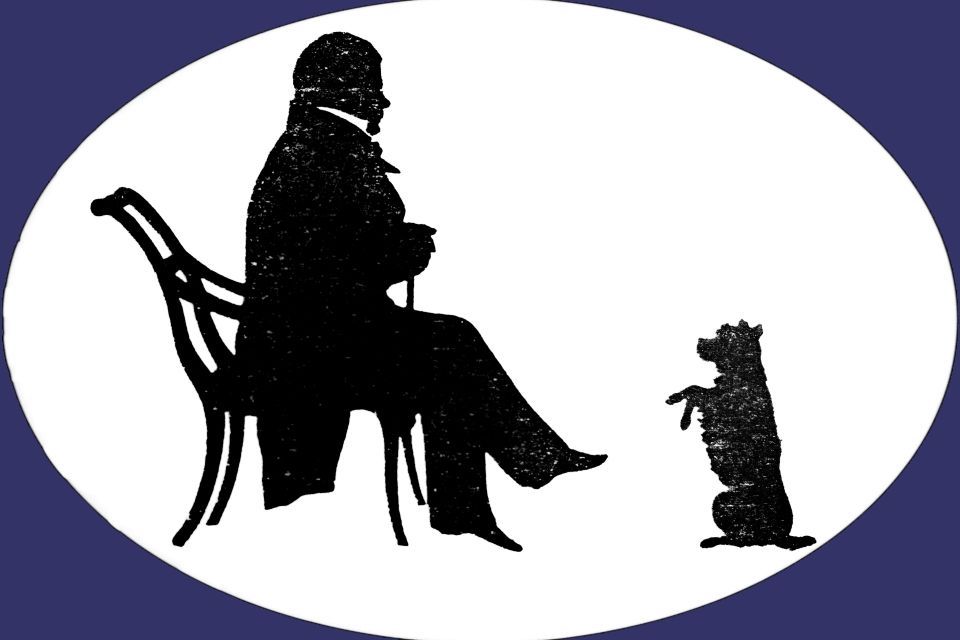A Colloquium on Crusaders and Chivalry
Saturday 21st June 2025
Two hundred years ago Sir Walter Scott published his Tales of the Crusaders, being The Betrothed and The Talisman, set in the late 12th century at the time of the Third Crusade. Concepts of chivalry and tales of chivalric action were a key interest throughout Scott’s life and find expression in his poetry, novels, essays and collecting. Three contributors, Ian Chisholm, Angelika Cowell and Robert Irvine, will examine aspects of Scott and chivalry, especially in his The Bride of Lammermoor (1819) and The Talisman (1825).
Mr Ian Chisholm: Scott and the Concept of Fair Play
Synopsis: Recent studies on the history and significance of fair play has shown that Scott’s relevance is important, as is his influence on how the British view the Crusades.
Biography: Mr Ian Chisholm worked in the Home Office for over 30 years. Working extensively on policy in criminal justice, police, prisons and immigration, with considerable experience of international negotiations. He had been a President of the Edinburgh Burns Club and a former President of the Edinburgh Districts Burns Clubs. He is a now a part-time tour guide for Mercat Tours. Ian is a longstanding member of the Club and a current Council Member. Most recently he lectured in 2022 on ‘Scott as a Historian.’
Download the [transcript]
Dr Robert Irvine: The character of Chivalry in The Betrothed
Synopsis: The Betrothed tells a story which, more explicitly than The Talisman or, before them both, Ivanhoe, starts from the contradictions inherent in the chivalric ethos as Scott summarises that in his ‘Essay’ of 1818. But it also makes explicit a problem in the representation of its male protagonists’ inner thoughts and feelings, a problem produced by the generic tension of writing a novel (a genre which promises intimacy with a character’s inner life) about twelfth-century warriors. This paper will contrast the representation of male and female characters in The Betrothed as an effect of that tension.
Biography: Dr Robert Irvine is Reader in Scottish Literature at the University of Edinburgh. He is the editor of, among other work, Robert Burns, Selected Poems and Songs for Oxford World’s Classic, and is presently editing The Lord of the Isles for the Edinburgh Edition of Walter Scott’s Poetry. Robert previously lectured to the Club in 2011 on ‘Scott, India, and the Muslim Gentleman.’
Angelika Cowell: The Crisis of Chivalry in The Bride of Lammermoor
The Bride of Lammermoor (1819) is set around the time of the Act of Union is much more than a gothic tragic novel. On the theme of chivalry, Scott appears to present quite its opposite to how chivalry is portrayed elsewhere in his novels. Rather than “the stay of the oppressed, the redresser of grievances, the curb of the power of the tyrant”, to quote Scott from Ivanhoe, chivalry in The Bride seems to take dishonour, chivalry’s antithesis, to an extreme: tyranny wins the day; redress is impossible. Arguably, the concept of chivalry has affected our underlying societal norms from its medieval origins to today. The image of a courtly knight, crusading or otherwise, who is loyal, forbears hardship, protects the weak and provides largesse for those under his guardianship does not require much explanation to a modern Western audience. However, the impact of a loss of honour, and indeed what constitutes a loss of honour, might surprise a modern reader. For historian Maurice Keen, a loss of honour was the most ‘damning and irreversible’ aspect of chivalry. Honour, in The Bride, is most certainly lost, and this is despite attempts at the contrary, the very methods of which can themselves be seen as dishonourable. Indeed, a distorted sense of honour drives appalling behaviour on the part of some of the characters. On the issue of chivalry, the old world, represented by characters such as Caleb, and the new, represented by characters such as Sir William Ashton, are shown in societal conflict, and what is lost (and tragically so), is chivalry with the death of Ravenswood, submerged in the quicksand, and replaced by the distasteful ambition of modernity. In this paper, it will be argued that The Bride of Lammermoor presents chivalry in crisis, and what there is, is largely warped and thwarted. A question arises too around whether this crisis in chivalry serves as a metaphor, one that reflects the social and political changes surrounding the historical watershed moment that was the Act of Union of 1707. As Peter Garside so succinctly puts it, “The Bride is just that--a novel of "union," albeit a dark version”
Biography: Angelika Cowell studied history at University College, Cardiff and then went on to serve as an Education Officer in the Royal Navy for nine years. Following the end of her commission, she became a history teacher. She has been teaching for the past 25 years in a variety of mostly Independent secondary schools in England becoming head of department and head of sixth form in Westonbirt School. She also taught history in International Schools in Vietnam and Italy. Since returning from Rome four years ago, Angelika has been teaching history in Bristol Grammar School.
Download the [transcript]


